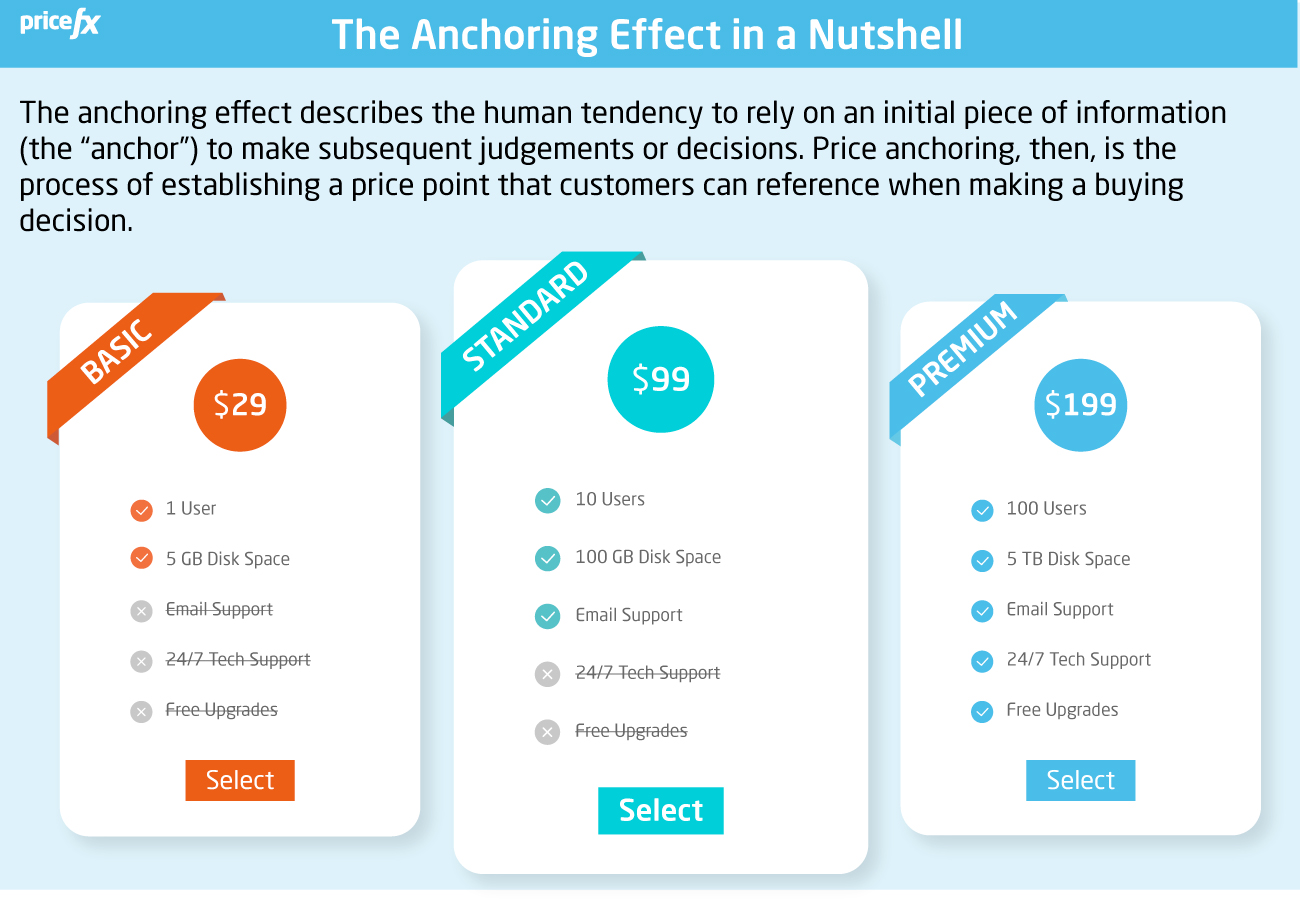


We’ll also likely explore making Nu work in the browser in the future, which would mean WASM support, and Rust is probably the best language for that as well. Like Yehuda mentions, most crates work across Windows, macOS, and Linux. Jonathan: Rust is definitely my preferred tool for crossplatform development these days.
Nushell pricing windows#
Most of the time, crates that claim to care about Windows support Windows, as well as other platforms. What you do is look for crates on crates.io that support Windows.
Nushell pricing software#
How do you go about making software cross-platform in Rust? Is it as much work as one would think?

Rust also has a great package manager (Cargo), which means that gluing together fast, cross-platform, and rigorous packages from the ecosystem is really easy. When writing something like a shell, this saved us from all kinds of problems as we evolved. Instead, Rust’s library ecosystem surfaces edge-cases as Results. Rigorous: Rust doesn’t really have exceptions.Cross-platform: There is a version of almost every basic crate that works on Windows, macOS, and Linux.

Yehuda Katz: Quite the opposite! Rust and its ecosystem has two properties that are a really good fit for what we’re trying to do: Did using Rust present a challenge in some aspect?
Nushell pricing free#
When you’re doing things in your free time, having something you’re looking forward to hacking on after work makes it a lot easier to do so day after day. It naturally is crossplatform, it’s easy to optimize, it’s easy to harden against memory and threading issues, and after the initial learning curve it’s also quite a lot of fun to write. He was one of the first people to deploy Rust into production, long before it hit 1.0. Jonathan: Yehuda and I have been writing Rust for at least 4 years. NuShell screen capture Why use Rust? How much experience did you have beforehand? And, being crossplatform, it’s nice to learn this approach and then be able to easily switch operating systems and use the same techniques. In a way, it’s taking the original spirit of Unix - where you use pipelines to combine a set of tools - and imagining how that original spirit would work today, with what we know about programming languages and tools. In a way, Nu is a way of saying “what if we didn’t need tools like awk so often?” Since you’re working with structured data, as we add more support for file types, it’s less often you need to reach for “awk”, “jq”, “grep”, and the array of other tools to open and work with common file types. Then you have a set of commands that work with these tables, to help you get the data you want, change it, view it, etc.įunny that you mention “awk”. Files, streams, commands like ls and ps all output this one table format. The basic idea is pretty simple: Nu opens everything into a table you can work with. He had just been experimenting with PowerShell and saw how adding some structure to the data opened up a lot of possibilities. When Yehuda and I first started discussing how shells could be improved, we settled on the idea of using structured data rather than just text between applications (for example stdin/stdout). Jonathan Turner: Sometimes the simplest ideas are the ones that hook you the most :). Why create NuShell? Is it me or does it have a next-level AWK vibe? We wanted to learn more about NuShell so we interviewed both of its creators: Jonathan Turner and Yehuda Katz. It brought some big changes, which include rethinking how pipelines work, structured input/output, and plugins. Until NuShell appeared to reinvent shells and defy our muscle memory. Shells have been around forever and, for better or for worse, haven’t changed much since their inception.


 0 kommentar(er)
0 kommentar(er)
